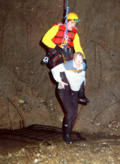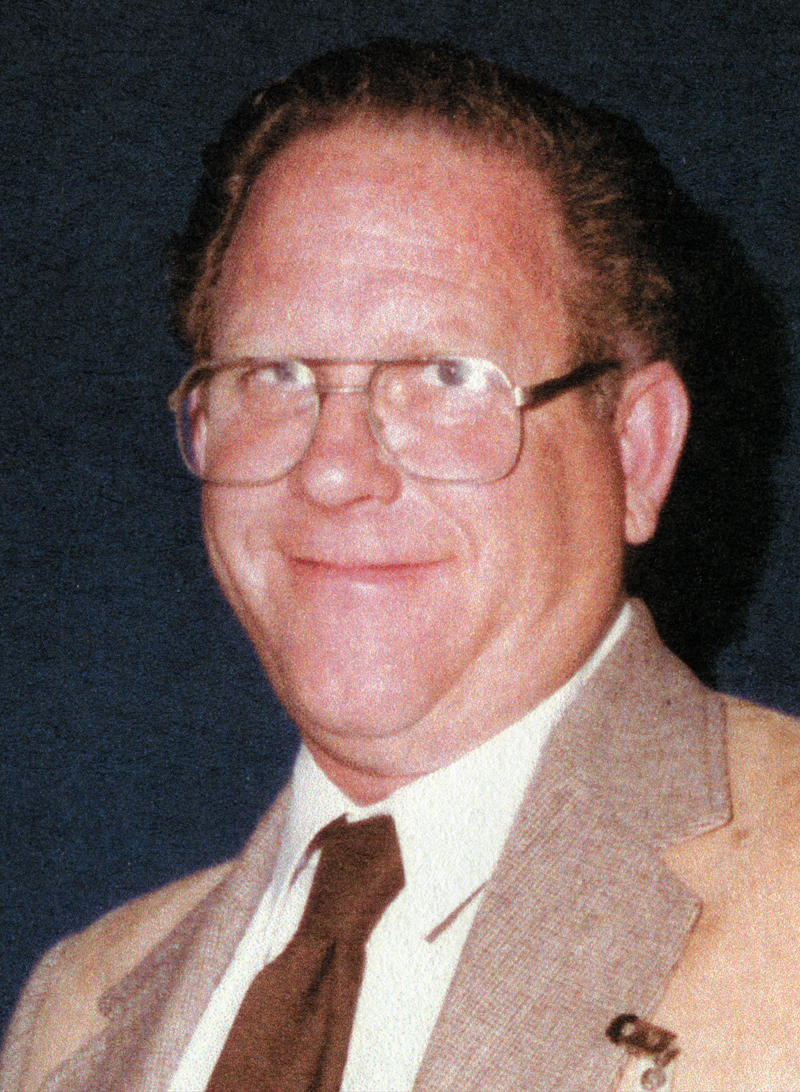|
|

Click to enlarge
Monday, Feb. 23, 1998: Los Angeles County firefighters rescue a woman who became trapped in her sport-utility vehicle in Placerita Creek, which went from nearly dry to a raging torrent in mere moments. It was one of the worst days of the 1997-98 El Nino weather event. About the El Nino winter of 1997-98: During drought years, Santa Claritans tend to reminisce fondly about the times it used to rain. How quickly we forget. There was nothing particularly enjoyable about the winter of 1997-98. Homes in Mint Canyon were destroyed in the torrential flooding, Placerita Canyon residents had to be dug out of the swollen creek, and in the Newhall Pass, Beale’s Cut went from a 90-foot-deep historic monument to a mud puddle. When the sun came out, locals found the cut half-filled in. It had been more than 50 years since California experienced four wet winters in a row. That was the case from 1994-95 to 1997-98. The El Nino period actually started with the winter of 1982-83, the wettest and snowiest on record. But after a February 1986 flood, California entered an extended, six-year dry period through 1991-92. The winter of 1992-93 was wet, 1993-94 was dry, and then came the rain that wouldn’t go away. El Nino conditions developed in March 1997 and would eclipse the previous record-setting El Nino event of 1982-83. February 1998 was the worst for most localities. It dumped 16.58" of rain on the Santa Clarita Valley, the wettest February on record. Readings showed the wettest month ever at UCLA (20.51"); the wettest February at the Los Angeles Civic Center (13.79"), Bakersfield (5.36") and Mojave (6.70"); and the wettest month in 132 years at both Ventura (18.91") and Santa Barbara (21.74"). Central and Northern California weren’t spared; for San Francisco, 1998 brought the wettest February (14.88”) in 148 years of measuring rainfall. Storm damage to Ventura, Los Angeles Counties on just one day, Feb. 23, was estimated at $20 million. For the period of Feb. 9 to March 1, 1998, estimates exceeded $475 million statewide. By March 1, fifteen thousand people had filed with FEMA for federal disaster relief. Further reading: The California Winter of 1997-98, FEMA, 3-3-1998.
GT9802b: 9600 dpi jpeg from original print |
Sleepy Valley
Sleepy Valley
Placerita Creek
Canyon Country
Canyon Country
|
The site owner makes no assertions as to ownership of any original copyrights to digitized images. However, these images are intended for Personal or Research use only. Any other kind of use, including but not limited to commercial or scholarly publication in any medium or format, public exhibition, or use online or in a web site, may be subject to additional restrictions including but not limited to the copyrights held by parties other than the site owner. USERS ARE SOLELY RESPONSIBLE for determining the existence of such rights and for obtaining any permissions and/or paying associated fees necessary for the proposed use.






